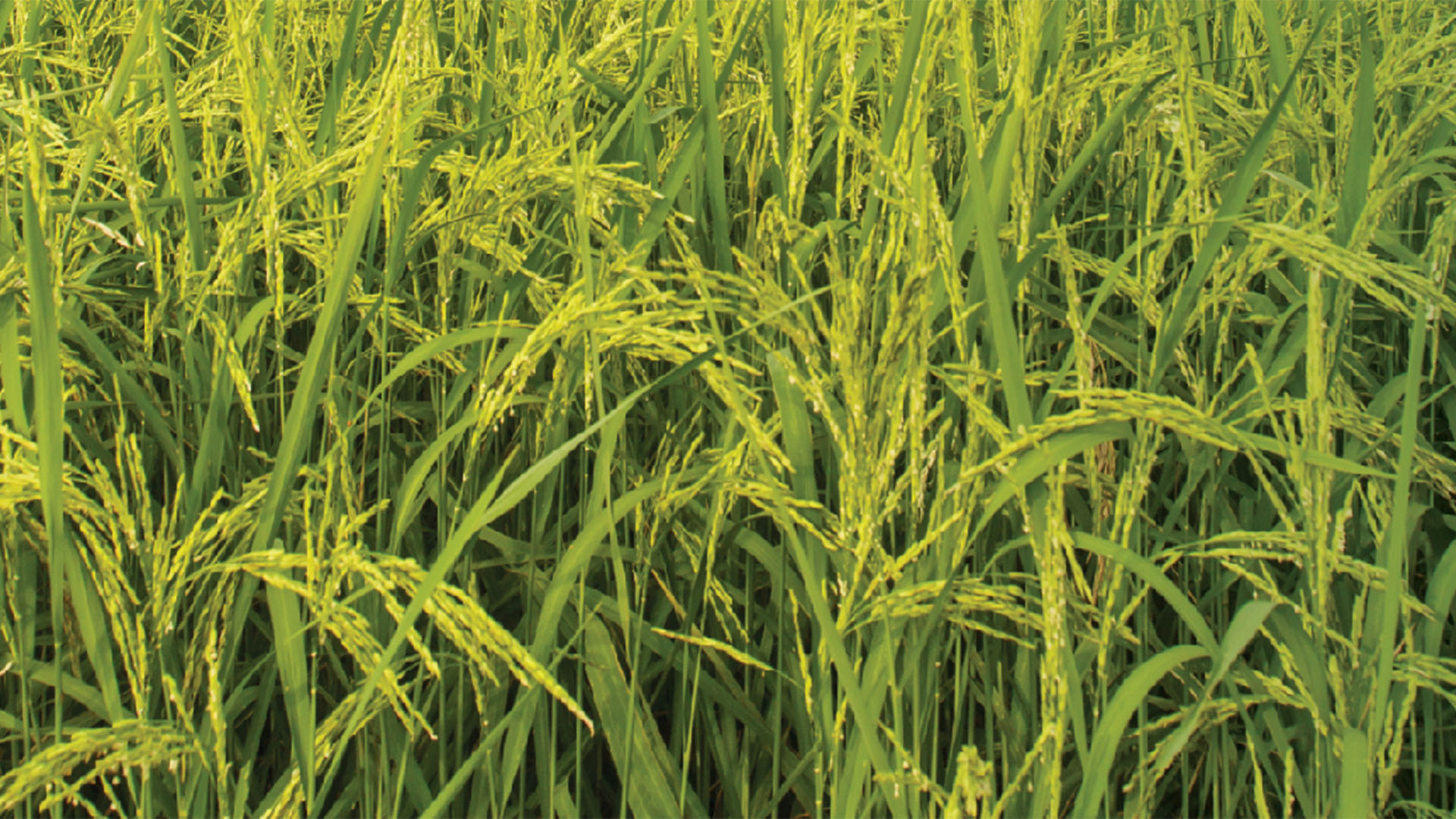Research Report
Research Conducted by: Luisella Celi, PhD, University of Torino, Italy

Decreasing As levels in the rice grain, particularly the more toxic inorganic forms (As [III] and As [V]) is, therefore, one of the main objectives of rice producers and policymakers. The European Commission has recently set a limit of As content in commercial rice to 200 µg kg-1 for white rice and to 100 µg kg-1 for baby food rice. Hence, it is essential to establish appropriate agronomic practices for reducing As accumulation in rice.
A promising practice is the application of silicon (Si) sources, since Si competes with As uptake at the root level. There are only a few efficient silicon sources in the market that limit As uptake by plants. Therefore, it is necessary to identify efficient fertilizers that are safe for the environment and food quality.
In this study, Huma Gro® Sili-Max® demonstrated its ability to supply rice plants with available Si while decreasing inorganic As content in the grain more significantly than the other tested Si sources. Sili-Max® proved to be a promising Si source not only for supplying Si but also for limiting plant uptake of inorganic As, one of the most toxic elements in rice products.
Read the Report Online Download the Report PDF
Listen to a 3-minute presentation on the study by Dr. Abi-Ghanem:
To learn more about purchasing Huma Gro® products, please click here.
Related Posts

Bio Huma Netics, Inc., and Mesa Verde Resources Form Strategic Alliance
Bio Huma Netics, Inc. (BHN)—an Arizona company that produces products under the Huma Gro®, Huma Gro® Turf, and Probiotic Solutions® brands—has recently formed an alliance with Reid Enterprises LLC, which does business as Mesa Verde Resources in New Mexico. Mesa Verde Resources is a humic substance mining company that produces, manufactures, and sells humic-acid and

The Huma Gro Farmer Podcast: Episode 8—Tank-Mixing Fertilizers and Other Agrochemicals – Blog

Popcorn Farmer Combats Current Farming Challenges
An Interview with Nebraska Farmer Dan Hilger By Jael Batty Popcorn grower Dan Hilger fights weeds, erosion, flooding, and low commodity prices with an innovative approach that improves his soil health. The Nebraska farmer applies Huma Gro® products (biostimulants) to his soil to increase soil organic matter. Organic matter stimulates soil biology to break down

